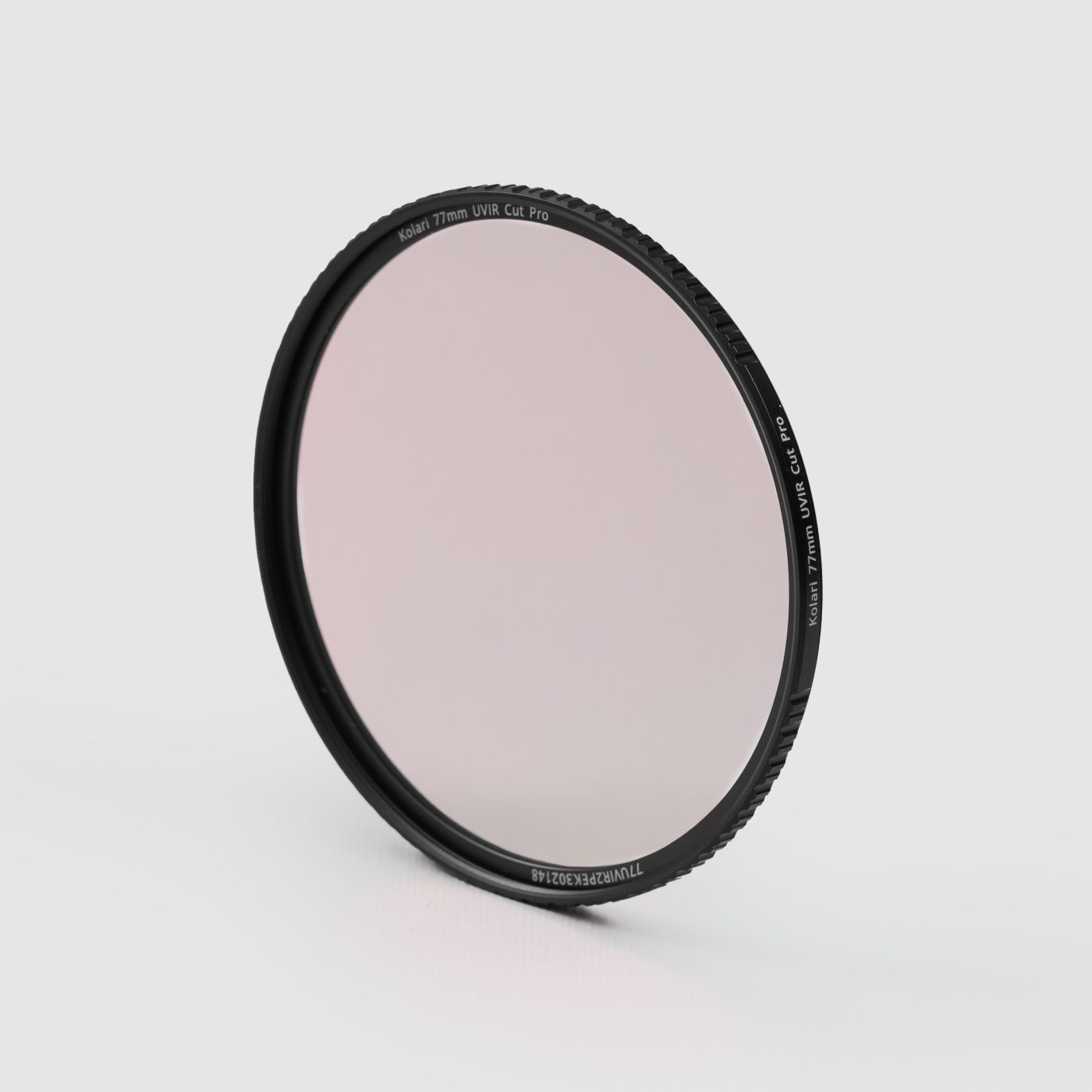NotASpeckOfCereal
Senior Member
Hi all,
I shoot a lot of daylight infrared with a full-spectrum camera (Fujifilm GFX50S). I have heard over the years that one can do astrophotography with it as well, using a hotmirror (IR block) that is H-Alpha pass.
So I bought one. A lot of them are pretty pricey, but I found this relatively affordable one from Kolarivision:

 kolarivision.com
kolarivision.com
Any tips or advice? I'm not shooting DSOs (no scope), but I would like to try my hand and some Milky Way with wide-angles (while there's still a bit left of galactic core season left).
How about Auroras? Will I get some enhanced light with the northern lights using the h-alpha pass filter?
Thanks for any feedback,
Chris
I shoot a lot of daylight infrared with a full-spectrum camera (Fujifilm GFX50S). I have heard over the years that one can do astrophotography with it as well, using a hotmirror (IR block) that is H-Alpha pass.
So I bought one. A lot of them are pretty pricey, but I found this relatively affordable one from Kolarivision:

Kolari Vision UV/IR Cut Filter (H-Alpha Pass) – Kolari Vision
Take normal pictures with your converted camera again, this filter is designed to match the transmission of the original camera filter.
Any tips or advice? I'm not shooting DSOs (no scope), but I would like to try my hand and some Milky Way with wide-angles (while there's still a bit left of galactic core season left).
How about Auroras? Will I get some enhanced light with the northern lights using the h-alpha pass filter?
Thanks for any feedback,
Chris


